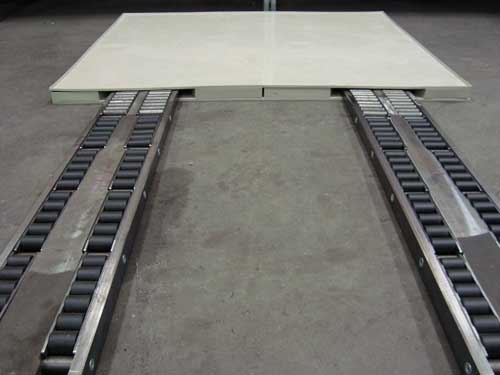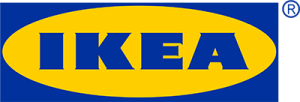
Pallet inverters are often implemented to switch from wooden to plastic pallets. According to HACCP guidelines, wooden pallets may no longer be used within food industry production departments. Pallet inverters are extremely expensive and also take up a lot of room. It can also take quite a while to tip the load, and switching old and new pallets often has to be performed manually. From a health and safety perspective, this is not an ideal situation.
RollerForks in conjunction with so-called RF (RollerFork-Pallet) pallets provide an alternative solution. RF pallets are basically standard pallets but with several extra raised slats. The extra space thus created allows RollerForks to be inserted quickly under a load that is simply stacked on a layer of corrugated cardboard for example. Once the load arrives at the warehouse, it may be stored on wooden pallets. Benefits can be derived from the savings made on purchasing considerably more affordable RollerForks. Furthermore, fewer plastic pallets are required (only mandatory within production areas), switching pallets requires less time and space, and RollerForks are inherently more energy efficient.














